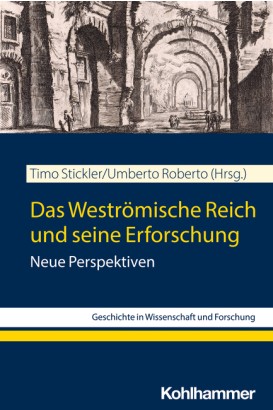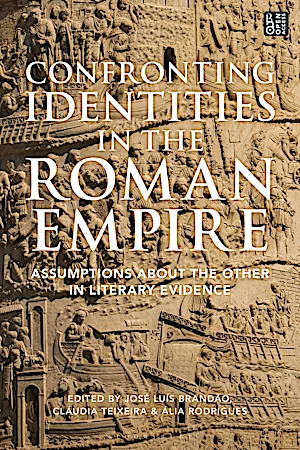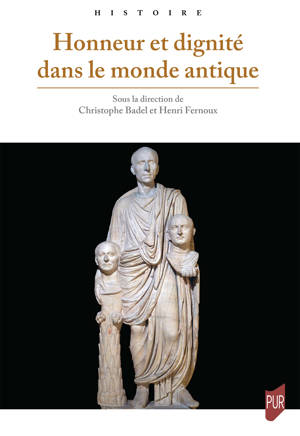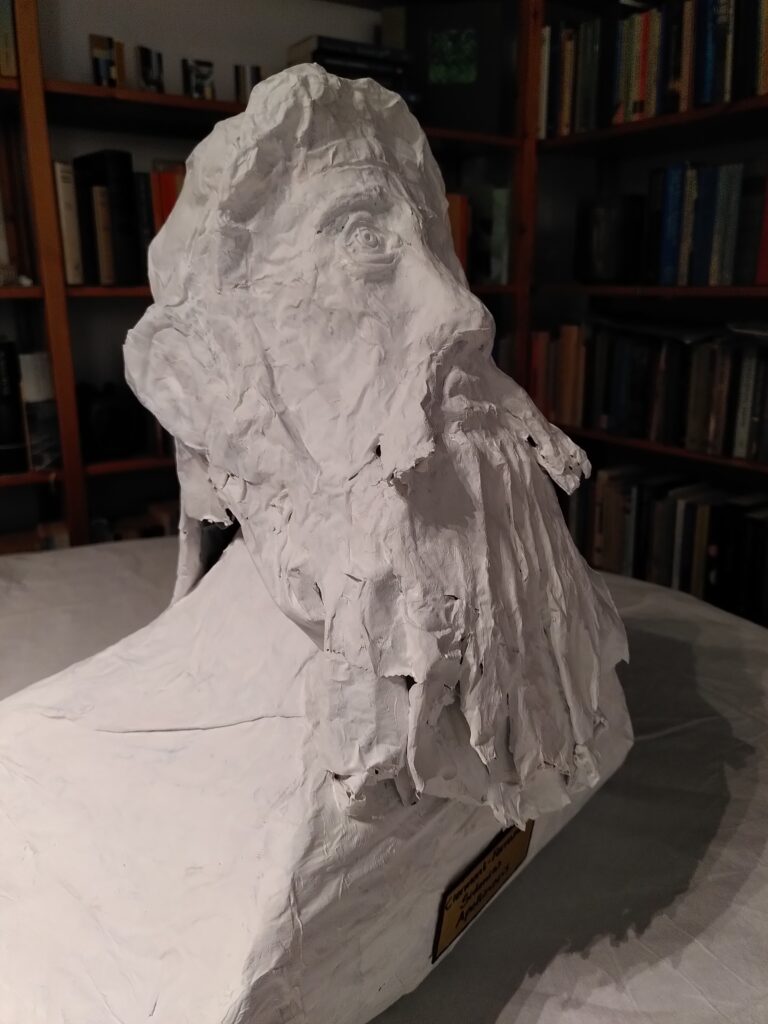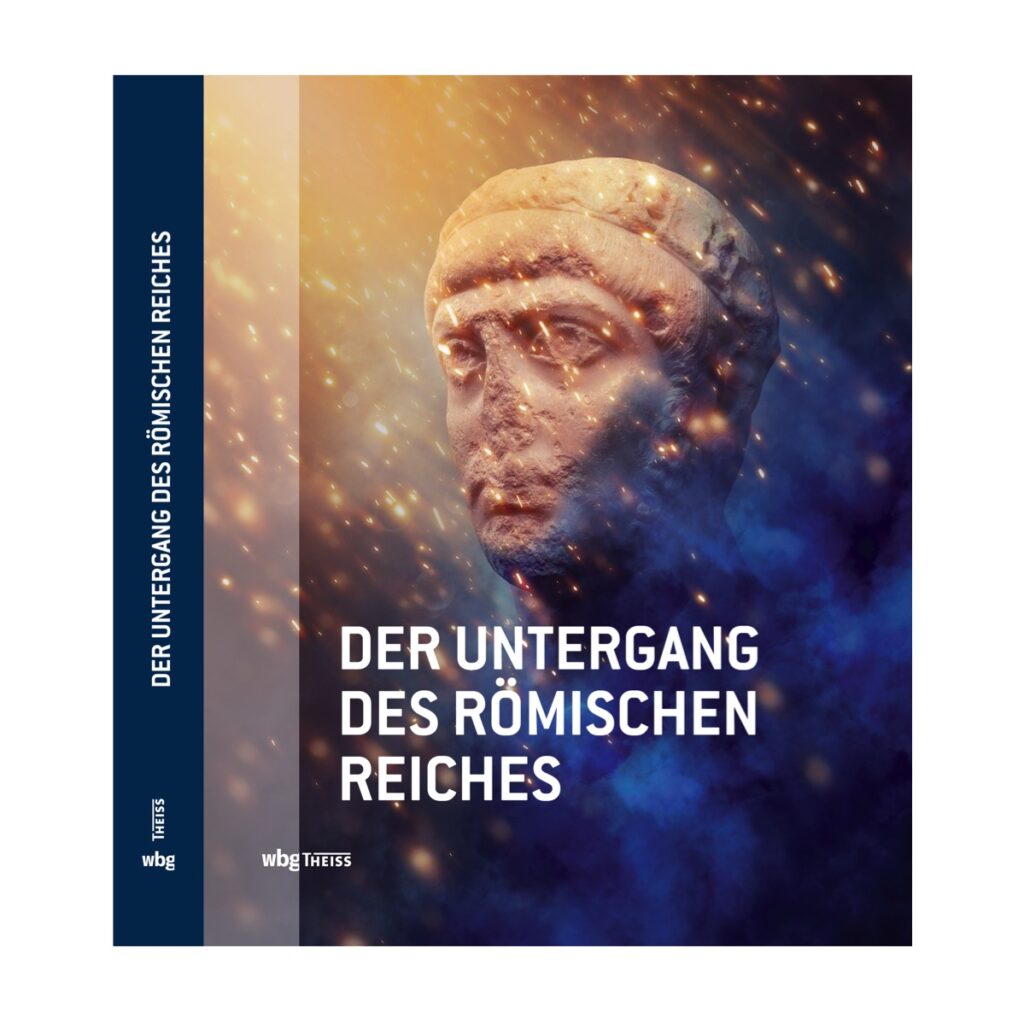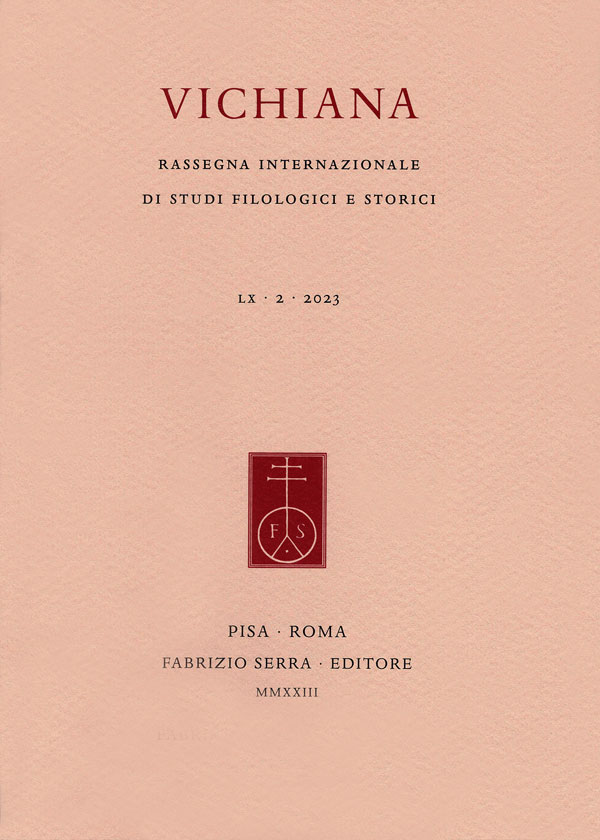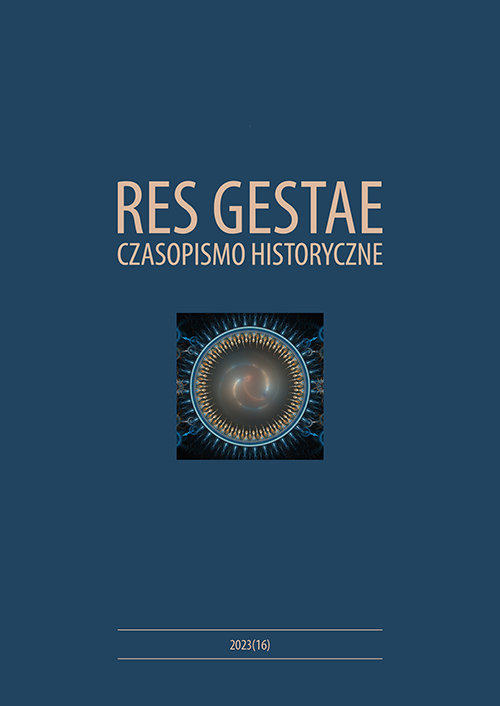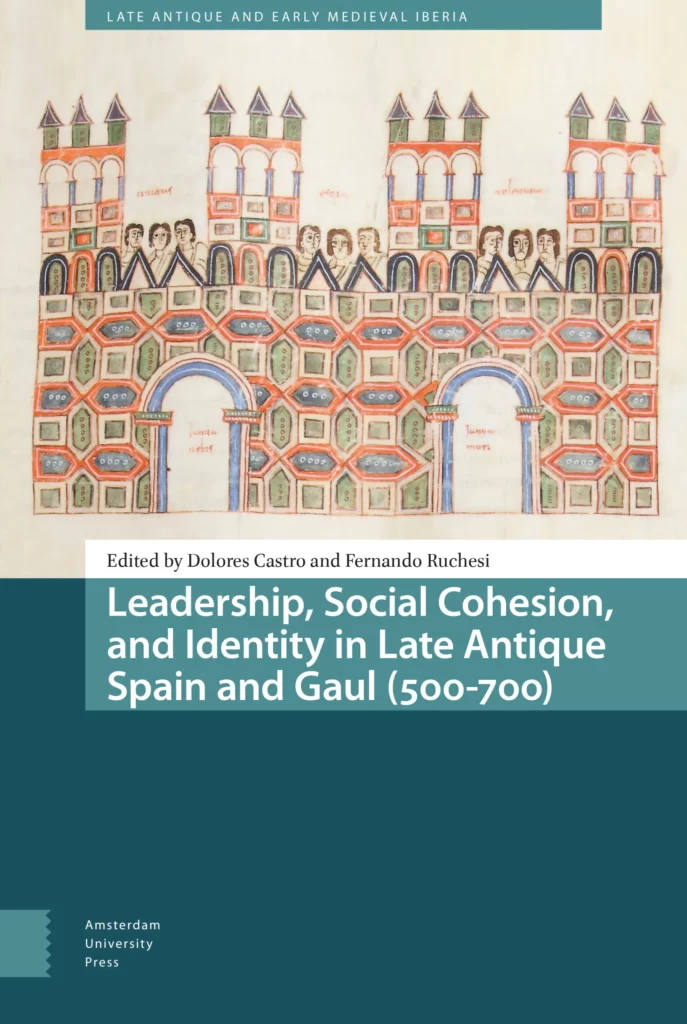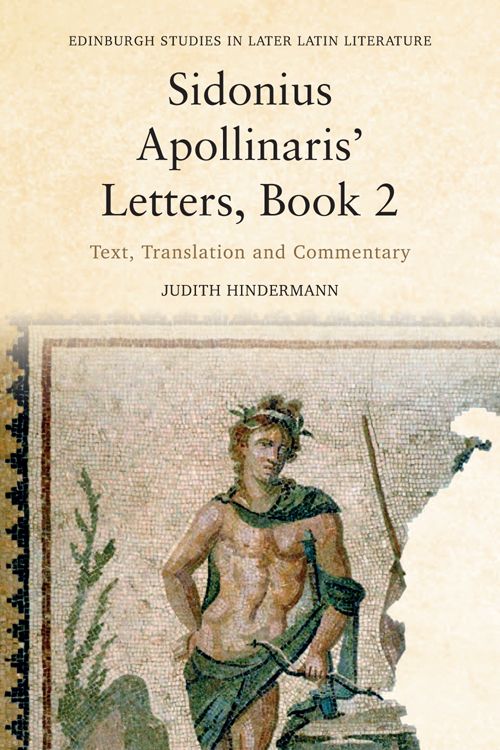Timo Stickler and Umberto Roberto edited a new volume on the history of the Western Roman Empire from 395-476: Das Weströmische Reich und seine Erforschung. Neue Perspektiven, Stuttgart: Kohlhammer, 2023.
Contents here. Contributors include Rene Pfeilschifter (the continuity of the local), Hendrik Wagner (Alaric’s Itinerarium), Frank Schleicher (patria and imperium sine fine), Henning Börm (shadow emperors), Mischa Meier (the later Attila), Timo Stickler (Attila magister militum), Laura Mecella (eastern officials), Jeroen Wijnendaele (delegation), Udo Hartmann (Damaskios), Hansjoachim Andres (Olympiodorus of Thebes), Tabea Meurer (otium), Roland Steinacher (North Africa), Philippe Blaudeau (christological controversy of 448-55), Carla Sfameni (paganism after Theodosius), Ignazio Tantillo (worshipping columns), Lucrezia Spera (the emperors and Rome).

